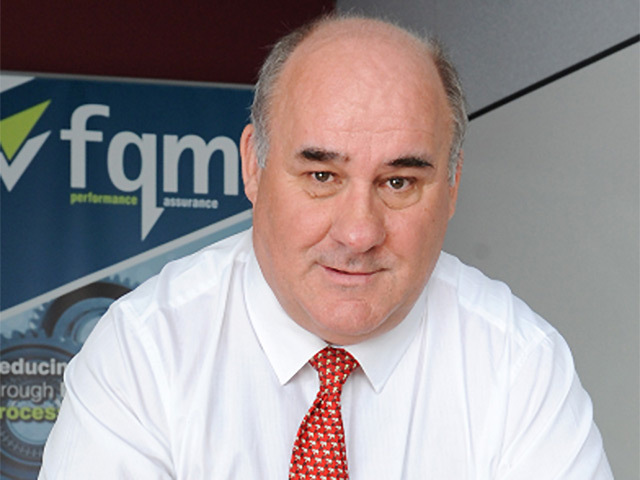
The Piper Alpha disaster on July 6, 1988, which claimed 167 lives is one of those poignant moments that one can recall what they were doing when they first heard the terrible news.
The world in which we now operate is a far different place and, with the marking of the Piper 25th anniversary in July, perhaps it is time to reflect on whether as an industry we are still getting it right?
Safety performance has continued to improve year on year with the number of offshore hydrocarbon releases reaching a record low as new provisional figures from the Health and Safety Executive (HSE) reveal.
There were 97 reported to the HSE in 2012-13 continuing the previous downward trend with 133 having been reported in the previous year.
The combined total of incidents that had the potential for causing a major event (classified as major and significant releases) reduced to a new low of 46. However, the number of major releases rose from three in 2011-12 to nine – the highest in 14 years.
Key Performance Indicators (KPIs) have an important role to play but cannot be based solely on lost time and Injurious incidents as these are high frequency, low potential events and not a good predictor for major accident hazards.
While important, these KPIs can lead companies into a false sense of security, detracting operators from effectively managing process safety by identifying the low frequency, high potential events that can lead to a major incident.
With the advances in software and IT technology, senior managers based onshore can monitor live data related to KPI and safety critical performance using dashboard and traffic light systems. However, how many managers actually test the quality of data behind those parameters?
It is important that all levels of management get it right as one of the main challenges going forward is managing the integrity of ageing assets, with many of the offshore installations now operating beyond their design life.
In addition, there are many other challenges facing the oil and gas industry driven by competition, deregulation, developing technology, exploration and drilling operations in more hostile environments and in deeper water.
As a result, we are now seeing companies restructure, downsize and outsource delivery of their key services in striving to deliver efficiency and continual improvement – all of which can result in changes to risk tolerance, dilution of processes and procedures, and loss of corporate knowledge.
These organisational factors must be assessed and the risk for potential impact on major accident hazards addressed.
The HSE’s Offshore Division (OSD) has been responsible for regulating the risks to health and safety in the UK offshore oil and gas industry, since the Cullen Inquiry.
OSD’s efforts have been a major contributor for delivering the continual improvement in the safety performance and the continual downward trend in major accident events following its KP 3 and KP 4 inspection programmes.
But, as stated previously, the world in which we operate is a far different place to that of 1988 and the regulator faces the same efficiency and improvement drivers as that of the oil and gas operators and some major service providers. So it has recently been revealed that, as part of an organisational, restructuring exercise within the HSE, the OSD is being integrated to become part of a new Energy Division.
At the recent Oil & Gas UK’s Piper 25 conference in Aberdeen, Lord Cullen emphasised the fundamental importance of a positive safety culture as part of the control of major hazards, believing the quality of safety management to be crucial.
He explained, “Even today it remains critical that leadership in safety is actively demonstrated by managers at all levels.
“The challenge for leaders focuses on four main aspects: process safety; continually reviewing the arrangements for hazard control; ensuring effective communications; and turning safety aspirations into reality.”
The demographics of the oil and gas industry and that of the regulator have changed since that fateful night 25 years ago, with many now in management or safety critical positions.
So, although the reasons behind the drivers for seeking out efficiency and delivering improvement are understood, the Oil and Gas industry and the regulator still need to reflect and build on the legacy laid down by Lord Cullen – for the next 25 years, and beyond.
George Melvin is associate director at performance assurance specialist FQM Ltd of Aberdeen.
Recommended for you
